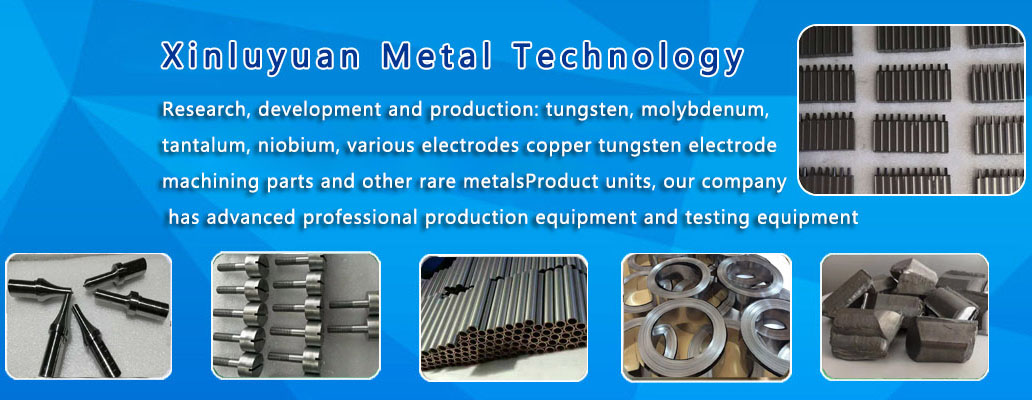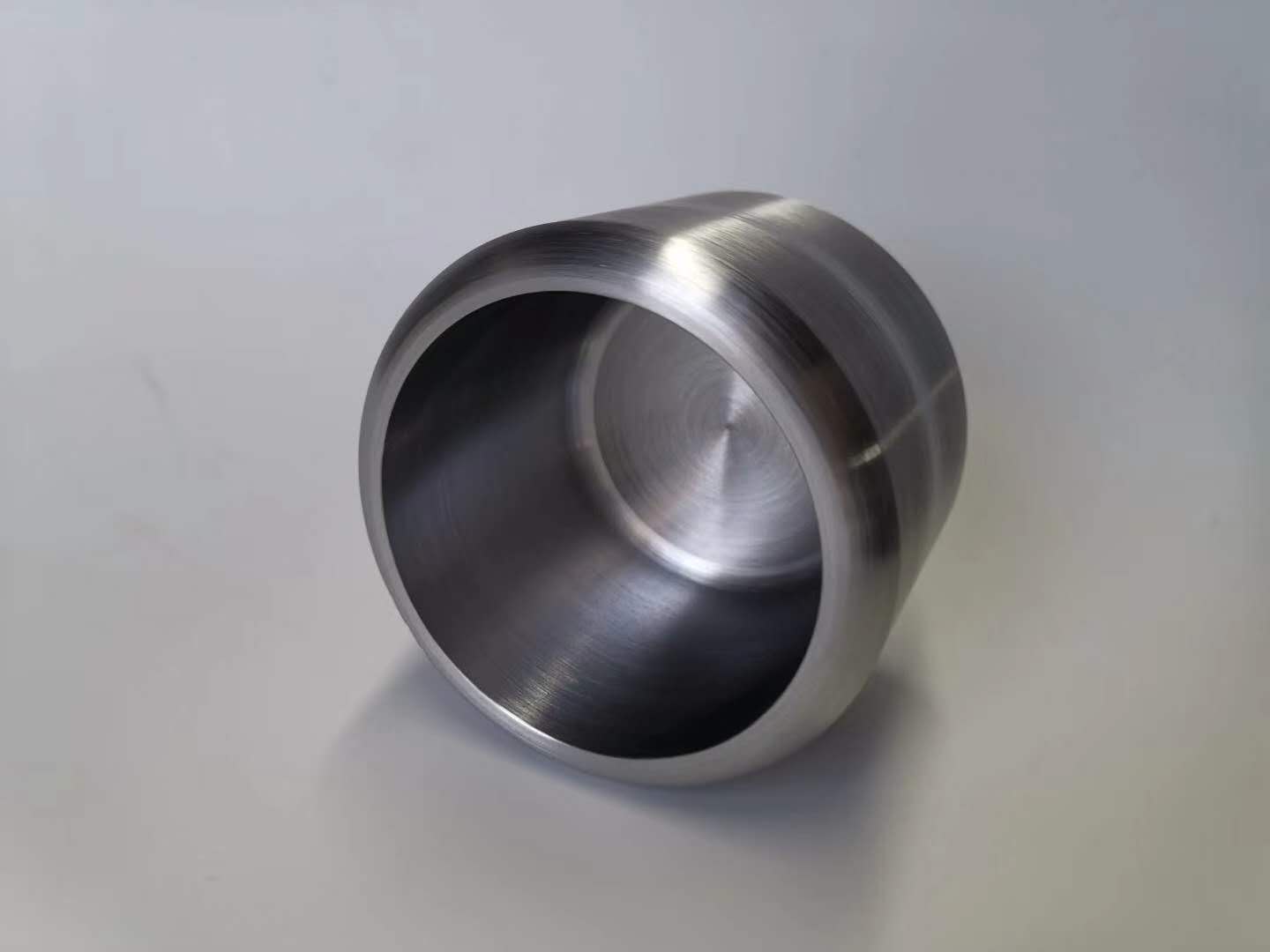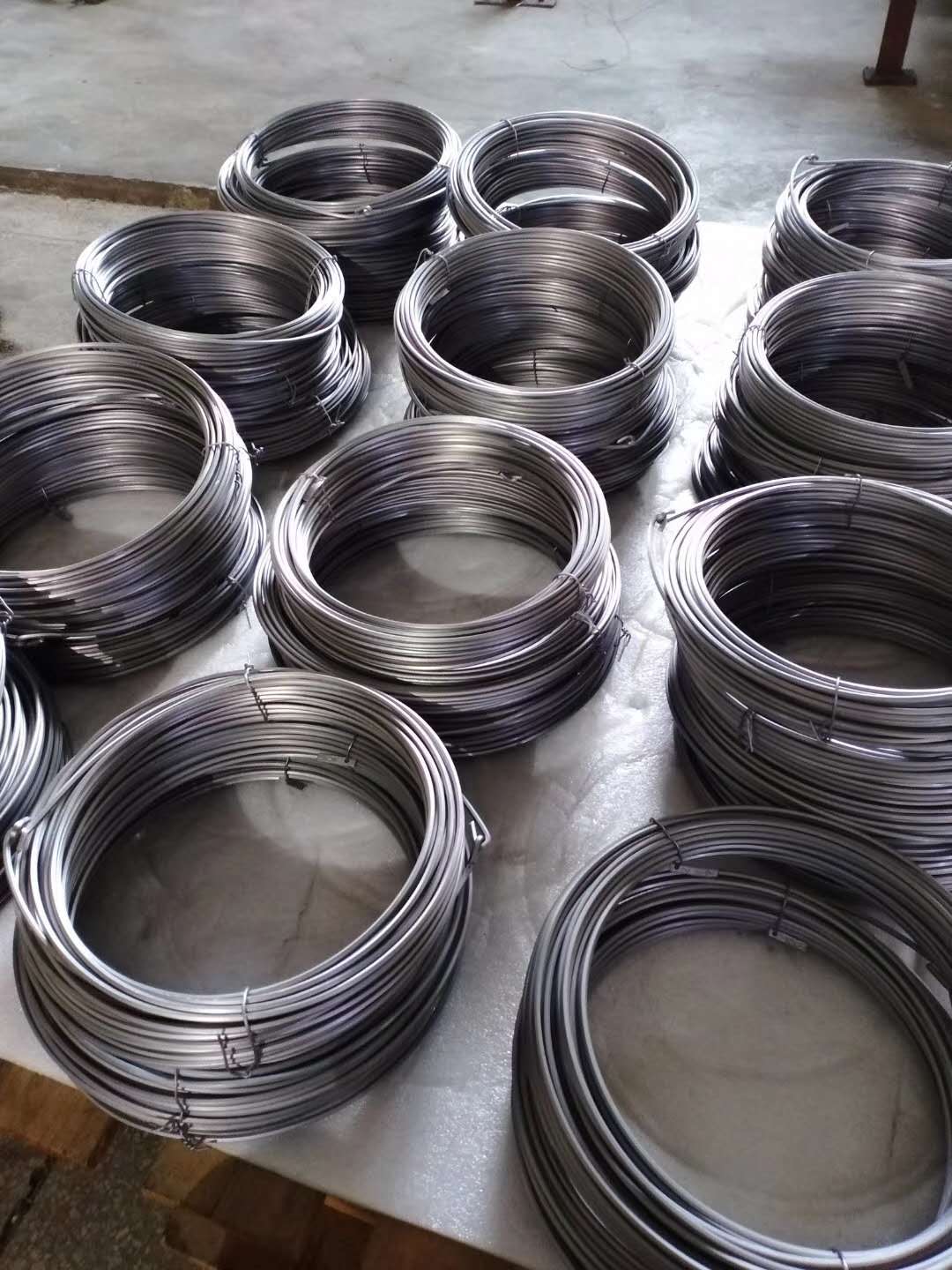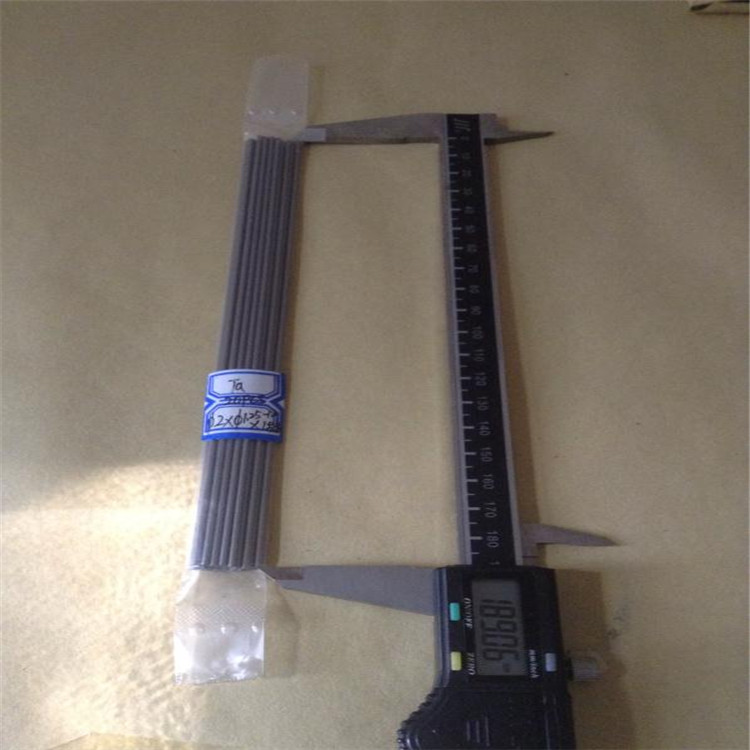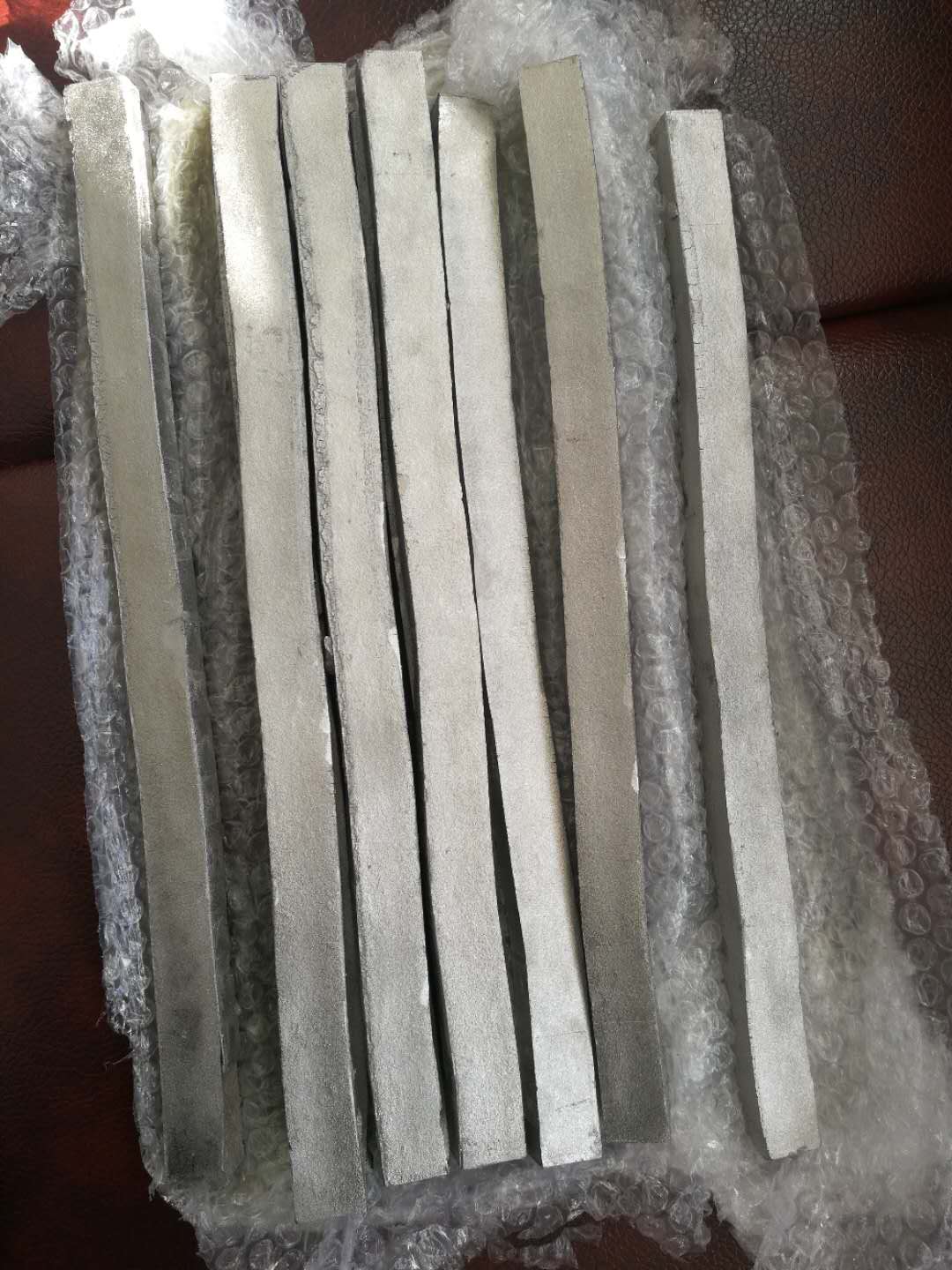
Cutting and application of Tantalum plate, Tantalum foil and Tantalum machined part
The melting point of tantalum is 2980℃, second only to tungsten (3380℃) among commonly used refractory metals, and its density is 16.67 g/cm3. In annealed state, tantalum has good plasticity and is relatively stable at high temperature. It can absorb and hold the gas. Tantalum is acidproof, and it is a biocompatible material. Tantalum is widely used in electronic, chemical, medical and other industries. At the same time, tantalum is also an indispensable material for making cemented carbide.
Tantalum has high melting point, high density, good plasticity in annealing state and stable performance at high temperature. The annealed tantalum material is soft and tough, which will produce serious adhesion phenomenon in cutting and cause the tool bond wear. Especially when the cutting speed is lower than 20m/min, the phenomenon of sticking knife and tearing is more serious. When the cutting speed is higher than 40m/min, the tearing phenomenon is greatly reduced. Cutting should be as sharp as possible, cutting speed should not be too low. Carbide is generally used as tool material, commonly used YG8, YW2 and so on. Using larger rake Angle and the Angle, cutting tool geometry parameter is: gamma 35 ~ 45 O, O O = alpha = 5 ~ 8 O, O O Κ r = 90 O, Κ 'r = 5 O, gamma O1 = - 2 O ~ 2 O, gamma = 0.1 ~ 0.3 mm, b r epsilon = 0.2 ~ 0.5 mm, behind the front surface roughness Ra < 0.16 ~ 0.32 mu m, in order to reduce the friction and sticking phenomenon.
Cutting parameters of the choice is as follows: rough car when nu C =30 ~ 70m/min, AP =5 ~ 8mm, f=0.2 ~ 0.4mm/r; Fine car, semi-fine car when C =50 ~ 80m/min, AP ≤1.5mm, f=0.1 ~ 0.3mm/r. Cutting should use both cooling and lubrication of the cutting fluid, flow should be sufficient.




